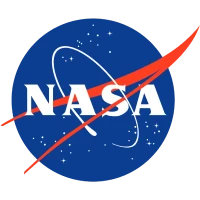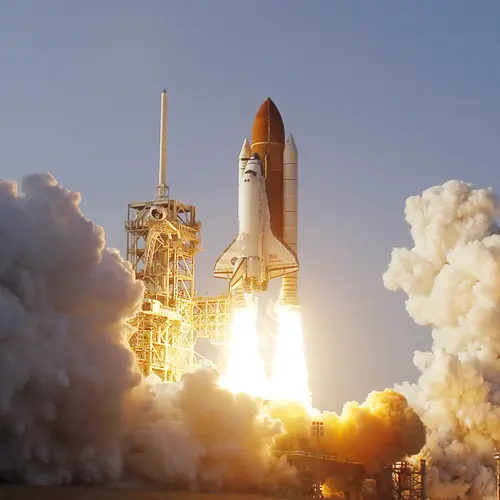/
STS-29R
Launch Success
Liftoff Time (GMT)
14:57:00
Monday March 13, 1989
Watch Replay
Official Livestream
Mission Details
STS-29R
The mission's primary payload was a Tracking and Data Relay Satellite (TDRS-D), which became TDRS-4 after deployment, and its attached Inertial Upper Stage (IUS). The satellite was deployed from the shuttle's payload bay less than six hours after launch, at 3:12 am EST. The first-stage orbit burn of the IUS took place an hour later, and the second burn to circularize the orbit occurred 12 hours and 30 minutes into the mission. The satellite was stationed at 41 degrees west longitude. Discovery also carried eight secondary payloads, including two Shuttle Student Involvement Program experiments. One student experiment, using four live rats with tiny pieces of bone removed from their bodies, was to test whether the environmental effects of space flight inhibit bone healing. The other student experiment was to fly 32 chicken eggs to determine the effects of space flight on fertilized chicken embryos.
Low Earth Orbit
17,280 kilograms
Rocket


Agency
NASAPrice
$450.00 million
Rocket
Height: 56.1m
Payload to Orbit
LEO: 27,500 kg
GTO: 3,810 kg
Liftoff Thrust
30,250 Kilonewtons
Stages
2
Strap-ons
2
Launch Site
Stats
Space Shuttle
28th
Mission
1st
Mission of 1989
1989
21st
Orbital launch attempt
